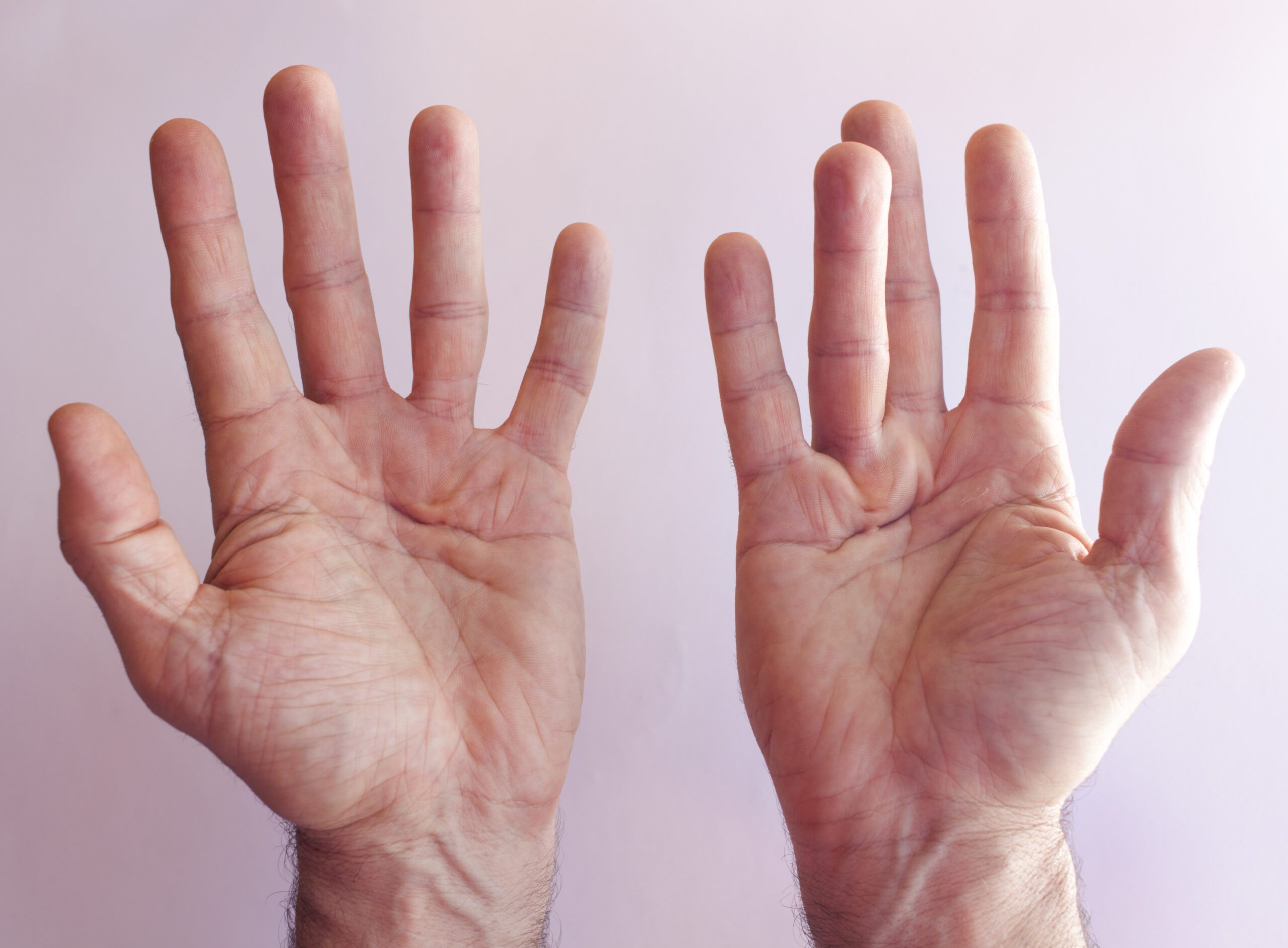Understanding Dupuytren Problems: Causes, Symptoms, and Treatments

Strong 8k brings an ultra-HD IPTV experience to your living room and your pocket.
Dupuytren problems, also known as Dupuytren's contracture, is a hand condition that affects the connective tissue beneath the skin of the palm and fingers. This condition can lead to the formation of thick, fibrous tissue, causing the fingers to curl into the palm and limiting their movement. While Dupuytren problems are not life-threatening, they can significantly impact a person's quality of life, making everyday tasks challenging. In this comprehensive article, we will explore the causes, symptoms, and treatments for Dupuytren Problems, providing you with the information you need to understand and manage this condition effectively.
What Are Dupuytren Problems?
Dupuytren problems, or Dupuytren's contracture, is a progressive condition that affects the palmar fascia, a layer of connective tissue in the palm of the hand. Over time, this tissue thickens and tightens, forming nodules and cords that pull the fingers into a bent position. The condition typically develops slowly and may affect one or both hands. While it is not painful in its early stages, it can lead to significant discomfort and functional limitations as it progresses.
The name "Dupuytren" comes from Baron Guillaume Dupuytren, a French surgeon who first described the condition in 1831. Although the exact cause of Dupuytren problems remains unclear, several factors, including genetics, age, and lifestyle, are believed to play a role in its development.
Causes of Dupuytren Problems
The exact cause of Dupuytren problems is not fully understood, but researchers have identified several factors that may contribute to its development. These include:
1. Genetic Predisposition
Dupuytren problems often run in families, suggesting a strong genetic component. If you have a family history of the condition, you may be at a higher risk of developing it yourself.
2. Age and Gender
The condition is more common in individuals over the age of 50 and is more prevalent in men than in women. Men are also more likely to experience severe symptoms.
3. Ethnicity
Dupuytren problems are most commonly seen in people of Northern European descent, particularly those from Scandinavia, the British Isles, and Ireland.
4. Lifestyle Factors
Certain lifestyle factors, such as smoking, excessive alcohol consumption, and diabetes, have been linked to an increased risk of developing Dupuytren problems.
5. Other Medical Conditions
People with certain medical conditions, such as epilepsy, liver disease, and thyroid disorders, may also be at a higher risk of developing Dupuytren's contracture.
Symptoms of Dupuytren Problems
Dupuytren problems typically develop gradually, and the symptoms may vary depending on the severity of the condition. Common symptoms include:
1. Nodules in the Palm
One of the earliest signs of Dupuytren problems is the formation of small, firm nodules in the palm of the hand. These nodules may feel tender to the touch but are usually not painful.
2. Thickened Cords of Tissue
As the condition progresses, the nodules may develop into thickened cords of tissue that extend from the palm to the fingers. These cords can cause the fingers to bend inward toward the palm.
3. Finger Contractures
In advanced cases, the fingers may become permanently bent, making it difficult to straighten them. The ring and little fingers are most commonly affected, but any finger can be involved.
4. Reduced Hand Function
The bending of the fingers can make it difficult to perform everyday tasks, such as gripping objects, shaking hands, or placing the hand flat on a surface.
Diagnosing Dupuytren Problems
If you suspect that you may have Dupuytren problems, it is important to seek medical advice. A healthcare professional, such as a hand surgeon or orthopedic specialist, can diagnose the condition through a physical examination. During the exam, the doctor will assess the appearance of your hand, feel for nodules or cords, and evaluate the range of motion in your fingers.
In some cases, imaging tests, such as ultrasound or MRI, may be used to confirm the diagnosis and assess the extent of the tissue involvement. However, these tests are not always necessary, as the condition can usually be diagnosed based on the physical exam alone.
Stages of Dupuytren Problems
Dupuytren problems typically progress through several stages, each with its own characteristics:
1. Early Stage
In the early stage, small nodules form in the palm, and the skin may begin to thicken. There is usually no pain or significant loss of function at this stage.
2. Intermediate Stage
As the condition progresses, the nodules develop into cords, and the fingers may start to bend slightly. Some discomfort and mild functional limitations may occur.
3. Advanced Stage
In the advanced stage, the fingers become significantly bent, and the hand's function is severely impaired. At this stage, surgical intervention may be necessary to restore hand function.
Non-Surgical Treatments for Dupuytren Problems
In the early stages of Dupuytren problems, non-surgical treatments may be effective in managing symptoms and slowing the progression of the condition. These treatments include:
1. Physical Therapy
Physical therapy exercises can help maintain flexibility and range of motion in the fingers. A therapist may also recommend splints or braces to keep the fingers straight.
2. Steroid Injections
Corticosteroid injections may be used to reduce inflammation and discomfort associated with the nodules. However, these injections do not stop the progression of the condition.
3. Radiation Therapy
Low-dose radiation therapy has been shown to slow the progression of Dupuytren problems in some cases. This treatment is typically used in the early stages of the condition.
4. Enzyme Injections
Collagenase injections, such as Xiaflex, can be used to break down the thickened cords of tissue. This treatment is minimally invasive and can help straighten the fingers without surgery.
Surgical Treatments for Dupuytren Problems
If non-surgical treatments are not effective or if the condition has progressed to an advanced stage, surgery may be necessary. Surgical options include:
1. Fasciotomy
In a fasciotomy, the surgeon makes small incisions in the palm and cuts the thickened cords to release the tension and straighten the fingers. This procedure is less invasive than other surgical options and has a shorter recovery time.
2. Fasciectomy
A fasciectomy involves the removal of the affected tissue. This procedure is more invasive than a fasciotomy but may be necessary for severe cases. There are two types of fasciectomy: partial and total.
3. Dermofasciectomy
In a dermofasciectomy, the surgeon removes both the affected tissue and the overlying skin. A skin graft may be used to cover the area. This procedure is typically reserved for recurrent or severe cases.
Recovery and Rehabilitation After Surgery
Recovery from Dupuytren surgery can take several weeks to months, depending on the type of procedure performed. Physical therapy is often recommended to restore strength and flexibility in the hand. It is important to follow your surgeon's post-operative instructions carefully to ensure a successful recovery.
Preventing Dupuytren Problems
While there is no guaranteed way to prevent Dupuytren problems, there are steps you can take to reduce your risk:
1. Avoid Smoking and Excessive Alcohol Consumption
Both smoking and excessive alcohol consumption have been linked to an increased risk of Dupuytren problems. Quitting smoking and moderating alcohol intake may help reduce your risk.
2. Manage Underlying Health Conditions
If you have diabetes, epilepsy, or other medical conditions associated with Dupuytren problems, work with your healthcare provider to manage these conditions effectively.
3. Maintain Hand Health
Regular hand exercises and stretching can help maintain flexibility and reduce the risk of developing contractures.
Living with Dupuytren Problems
Living with Dupuytren problems can be challenging, but with the right treatment and support, you can manage the condition effectively. It is important to stay informed about your options and work closely with your healthcare provider to develop a treatment plan that meets your needs.
Conclusion
Dupuytren problems, or Dupuytren's contracture, is a progressive hand condition that can significantly impact your quality of life. While the exact cause of the condition is not fully understood, factors such as genetics, age, and lifestyle play a role in its development. Early diagnosis and treatment are key to managing symptoms and preventing the condition from progressing. Whether through non-surgical treatments or surgery, there are effective options available to help you regain hand function and improve your quality of life. If you suspect that you may have Dupuytren problems, don't hesitate to seek medical advice and explore your treatment options.
Note: IndiBlogHub features both user-submitted and editorial content. We do not verify third-party contributions. Read our Disclaimer and Privacy Policyfor details.






